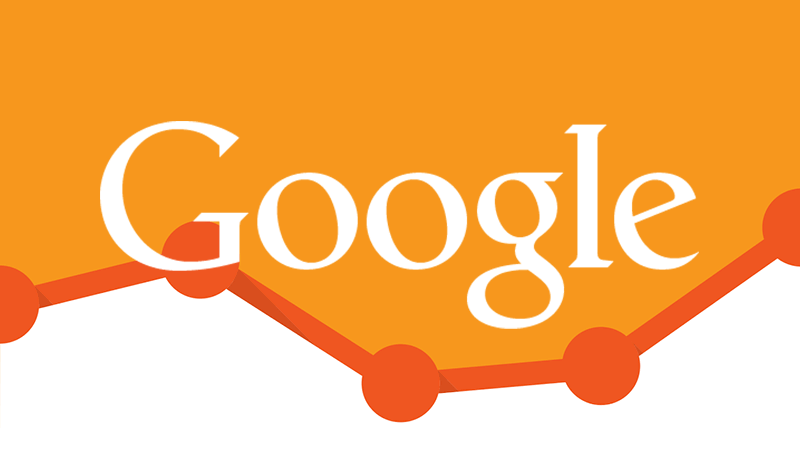
You’re a modern, savvy hotelier, which means you’ve got a website with an awesome online booking portal. Obviously.
NB: This is an article from Welcome Anywhere
It also means you understand what Google Analytics is. You’re aware that it provides vital insight into the way in which visitors interact with your hotel’s most important web presence. You also know that it offers data that enables you to fine tune your website to better engage visitors and ensure they click the ‘book now’ button.
There’s just one problem. It’s a bit cumbersome and you don’t really have the time to spend on it.
If you feel like this, you’re not alone. Google Analytics is a fantastic tool, but it does require a significant amount of time if you’re to get to grips with it.
…unless you know immediately where to head for the juiciest stuff.
And now, you do. Here’s the three most important Google Analytics metrics to review regularly:
1. The bounce rate
Of all Google Analytics stats, the bounce rate is the worst when it comes to crushing your digital hopes and dreams, because it indicates how many visitors enter your website – and leave, immediately.
A high bounce rate is anything above 60%; keep it below that, and you’re probably serving the right content to the right audience.
You can break the bounce rate down by page if you want, too, therefore if you’ve recently set up a new winter warmer offer and want to see how many people have immediately decided it’s not for them, Analytics will give you all the data you need.
Find it here: Audience > Overview
2. New vs Returning visitors
One of the best ways to segment your website visitors is to create two pots – one for new visitors, the other for people who have come back for more.
These are two very different audiences. The new people may never have heard of you before, and therefore probably need a fair bit more encouragement to book. Returners may be far ‘warmer’ and closer to the point of reserving a room. You may be more inclined to implement more hotel upselling initiatives for returning guests, who have already enjoyed a nice stay at your property and are ready for more.
Understanding how many of the total visitors are made up by these two groups is vital in helping you tune your website to best serve them. For instance, if new visitors have a particularly high bounce rate, you may not be providing enough information about the hotel, or the booking facility might be too hard to find.
Find it here: Audience > Behaviour > New vs. Returning
3. Average session duration
Second to bounce rate in terms of potentially demoralising web stats is the average session duration. As you’d expect, this refers to how long people browse your website on average, but the headline figure demands further exploration.
Once again, you can view average session duration by page, and by using the Users Flow report (Audience > Users Flow) to determine the most common journeys through your website, you can start to build a picture of where people are either hitting some kind of barrier or spending a significant amount of time.
It’ll take a bit of guesswork and experimentation, but the average session duration may indicate a usability issue or that you’ve absolutely nailed it with the page content.
Find it here: Audience > Overview
Wrapping up
You’ll notice that we haven’t once mentioned the page view, users or total session stats above. And this isn’t because they’re not important (they are), but the number of people visiting your hotel website is far less important than the quality of those visitors.
Invest the short time you have for Google Analytics in the above datasets and you’ll start to build a picture of how well your website is performing and what needs to be done to improve the number of direct bookings you’re receiving.




